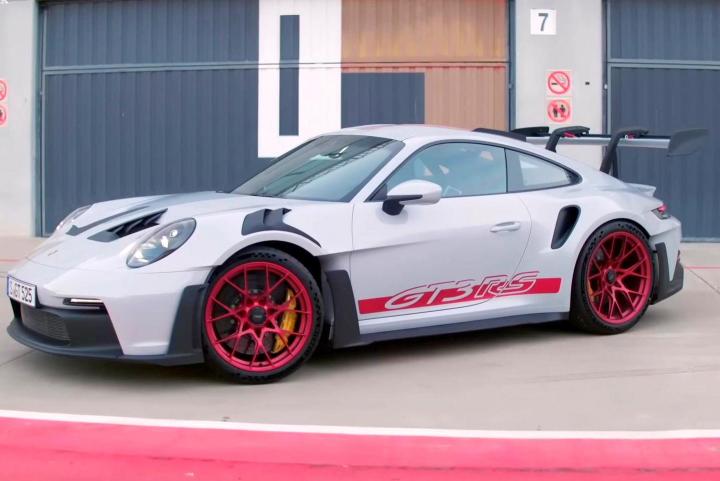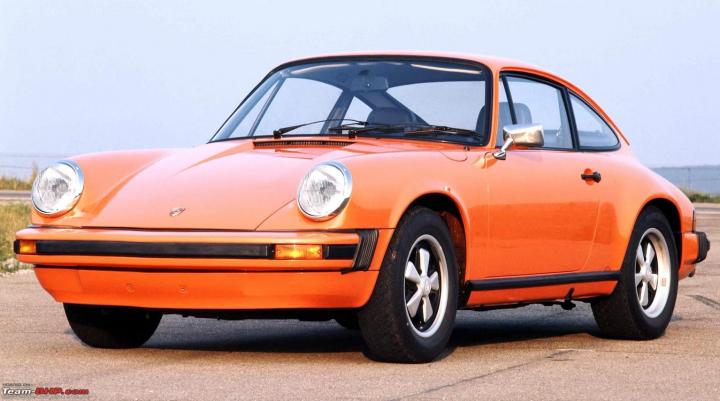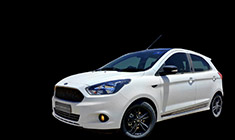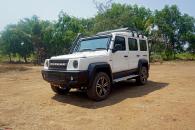News
Evolution of Porsche 911: A world-renowned sports car
It has been raced extensively by private and factory teams, in a variety of classes. It is among the most successful competition cars.
BHPian JDMBOI recently shared this with other enthusiasts.
Hi, BHPians. As much as I am obsessed with JDM cars, I have mad respect for Porsche, especially their 911 GT cars. This thread is for the Porsche Purists, enjoy.
Dr. Ing. h.c. F. Porsche AG, usually shortened to Porsche is a German automobile manufacturer specializing in high-performance sports cars, SUVs and sedans, headquartered in Stuttgart, Baden-Württemberg, Germany.
Origin
Ferdinand Porsche (1875–1951) founded the company called "Dr. Ing. h. c. F. Porsche with Adolf Rosenberger and Anton Piëch in 1931. The main office was at Kronenstraße 24 in the centre of Stuttgart. Initially, the company offered motor vehicle development work and consulting, but didn't build any cars under its own name. One of the first assignments the new company received was from the German government to design a car for the people; that is, a Volkswagen. This resulted in the Volkswagen Beetle, one of the most successful car designs of all time.
Company logo
Porsche's company logo stems from the coat of arms of the Free People's State of Württemberg of Weimar Germany of 1918–1933, which had Stuttgart as its capital. (The Bundesland of Württemberg-Hohenzollern used the same arms from 1945 to 1952, while Stuttgart during these years operated as the capital of adjacent Württemberg-Baden.) The arms of Stuttgart appear in the middle of the logo as an inescutcheon, for the company had its headquarters in Stuttgart. The heraldic symbols, combined with the texts "Porsche" and "Stuttgart", do not form a conventional coat of arms, since heraldic achievements never spell out the name of the armiger nor the armiger's home town in the shield.



Porsche 911
“The 911 is the only car that you can drive from an African safari to Le Mans, then to the theatre and onto the streets of New York.” - Ferry Porsche
The Porsche 911 (pronounced Nine Eleven or in German: Neunelf) is a two-door 2+2 high-performance rear-engined sports car introduced in September 1964 by Porsche AG of Stuttgart, Germany. It has a rear-mounted flat-six engine and originally a torsion bar suspension. The car has been continuously enhanced through the years but the basic concept has remained unchanged. The engines were air-cooled until the introduction of the 996 series in 1998.
The 911 has been raced extensively by private and factory teams, in a variety of classes. It is among the most successful competition cars. In the mid-1970s, the naturally aspirated 911 Carrera RSR won world championship races including Targa Florio and the 24 Hours of Daytona. The 911-derived 935 turbo also won the 24 Hours of Le Mans in 1979. Porsche won the World Championship for Makes in 1976, 1977, 1978, and 1979 with 911-derived models.
911 nomenclature
Although Porsche has used internal code numbers for each series of the 911, all models have been marketed and sold as 911s. The model series and associated internal codes are as follows:
- 911 (1964–1989)
- 930 (1975–1989) the turbocharged version
- 964 (1989–1994)
- 993 (1995–1998) the last air-cooled 911
- 996 (1999–2004) all-new body and water-cooled engines
- 997 (2005–2012)
- 991 (2012–2019) all-new body
- 992 (2019–)
A series letter is used by Porsche to indicate the revision for production cars, usually on an annual basis.
911s have also been categorized into families based on body styles or engine enhancements:
911 Carrera: including the Carrera, Carrera S, Carrera 4, Carrera 4S, Carrera GTS, Carrera 4 GTS, Carrera T. All are available as cabriolets except the Carrera T.
911 Targa: including the Targa 4, Targa 4S, Targa 4 GTS.
911 Turbo: including the Turbo, Turbo S. All are available as cabriolets.
GT3/GT3 RS: a track-focused version of the 911 Carrera with a naturally aspirated engine and rear-wheel drive. No cabriolet variant has ever been produced to date. A grand touring version featuring comfort-oriented options is called the GT3 Touring, and is available for the 991 and 992 generations.
GT2/GT2 RS: the highest performance derivative, a track-focused version based on the Turbo with rear-wheel drive. No cabriolet version has ever been produced to date. Now available as an RS (Renn Sport) model only.
Air-cooled engines (1964–1998)
911, 911S, 911T, 911L, 911E
The 911 traces its roots to sketches drawn by Ferdinand "Butzi" Porsche in 1959. The Porsche 911 was developed as a more powerful, larger and more comfortable replacement for the 356, the company's first model. The new car made its public debut at the 1963 Frankfurt Motor Show (German: Internationale Automobil-Ausstellung). The car was developed with the proof-of-concept twin-fan Type 745 flat-six engine, but the car presented at the auto show had a non-operational mockup of the single-fan 901 engine, receiving a working unit in February 1964.
The first models of the 911 had a rear-mounted 130 hp (97 kW) Type 901/01 flat-6 engine, in the "boxer" configuration like the 356, the engine is air-cooled and displaces 1,991 cc (2.0 L) as compared to the 356's four-cylinder, 1,582 cc (1.6 L) unit. The car had four seats although the rear seats were small, thus it is usually called a 2+2 rather than a four-seater (the 356 was also a 2+2). A four or five-speed "Type 901" manual transmission was available. The styling was largely penned by Ferdinand "Butzi" Porsche, son of Ferdinand "Ferry" Porsche. Butzi Porsche initially came up with a notchback design with proper space for seating two rear passengers but Ferry Porsche insisted that the 356's successor was to use its fastback styling. 7 prototypes were built based on Butzi Porsche's original design and were internally called the Porsche 754 T7. Erwin Komenda, the leader of the Porsche car body construction department who initially objected, was also involved later in the design.
Porsche 901
In September 1963, Porsche introduced the public to the Porsche 901 – the successor to the Porsche 356 – at the IAA in Frankfurt. Series production of the 901 began in September 1964. It originally was designated as the "Porsche 901" (901 being its internal project number). When Porsche exhibited the vehicle at the Paris Motor Show in October of the same year, the French car manufacturer Peugeot became aware of the model designation and objected to it. The reason for this was that Peugeot had patented the type designation consisting of three-digit numbers with a zero in the middle. Porsche renamed the 901 to the 911. This number sequence is the emergency service number in the USA and was therefore already well known in this important market for Porsche. In total, 82 units of the 901 were produced before the name was changed.

Porsche 911
In September 1963, Porsche introduced the public to the Porsche 901 – the successor to the Porsche 356 – at the IAA in Frankfurt. One year later, in September 1964, series production began on the model, which was soon renamed the 911. The 911, which had until that point only been built as a Coupé, had a self-supporting body and was driven by a new 2.0-litre six-cylinder boxer engine, capable of producing 130 PS.
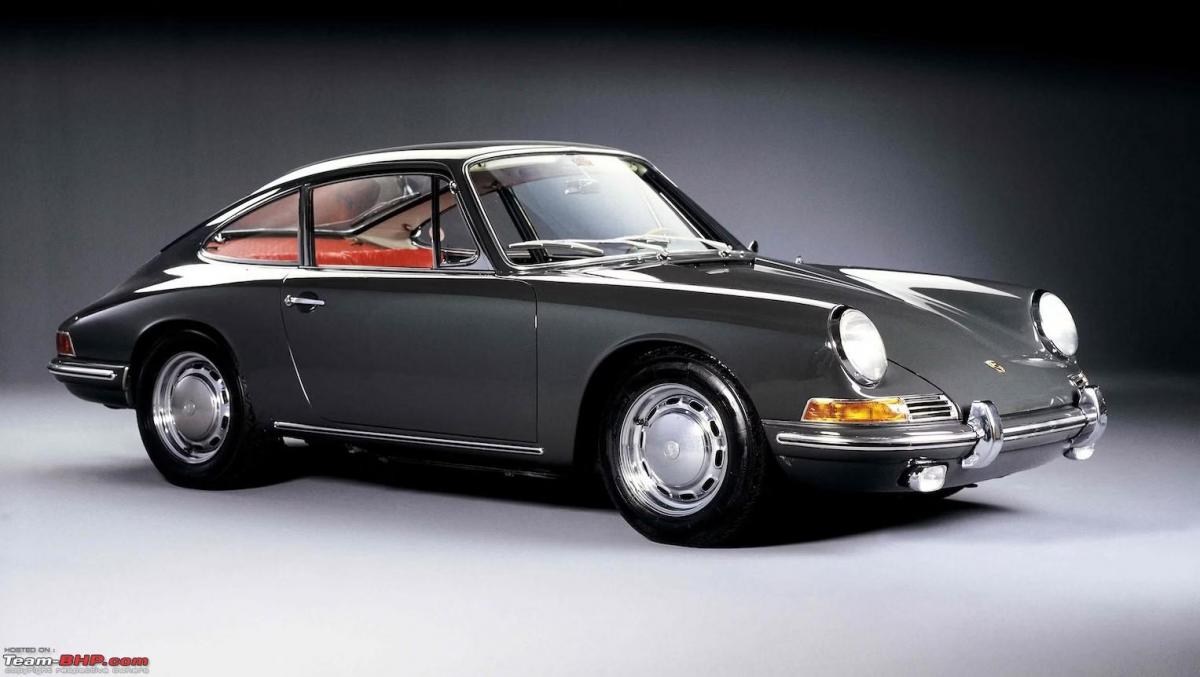
From the model year 1967, the 911 was also available as a "safety cabriolet" (Targa) with a fixed roll bar and a removable folding roof. From September 1968, the wheelbase was extended by 57 mm, which led both to increased driving comfort and more stable driving dynamics.
The 911 S – the first engine derivative of the 911 – was also launched. In the years to come, models with the additional designations T, L and E followed.
911 Targa (MY 1967–73)
In introducing the Targa model, Porsche was responding to increased safety requirements for open vehicles in the USA. The fixed bar protected the occupants from injury in the event that the car rolled over.

911 S (MY 1967–73)
Various modifications to the engine meant that this sports version of the 911 had an initial power output of 160 PS, which eventually increased to 190 PS. In addition to better equipment, the S model was the first 911 to be fitted with the Fuchsfelgen (Fuchs wheels), featuring the characteristic five-spoke design.
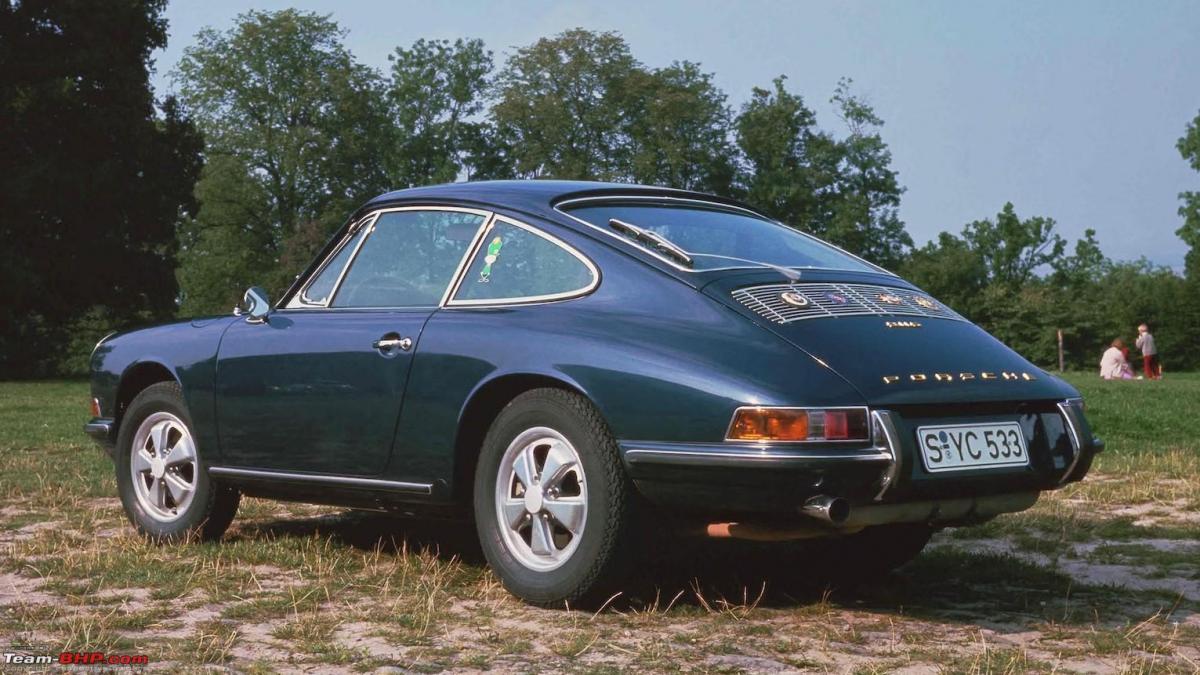
911 T (MY 1968–73)
The "Touring" became the new entry-level model in the 911 series, initially with 110 PS and later with 130 PS. Its equipment was the same as that in the four-cylinder 912. One way in which it differed from the more powerful models was that its lettering was Silver instead of Gold.

911 L (MY 1968)
With the introduction of the T version as a new basic model with a less powerful engine and four-speed manual transmission, the previous 911 was renamed to 911 L. The engine remained the same.
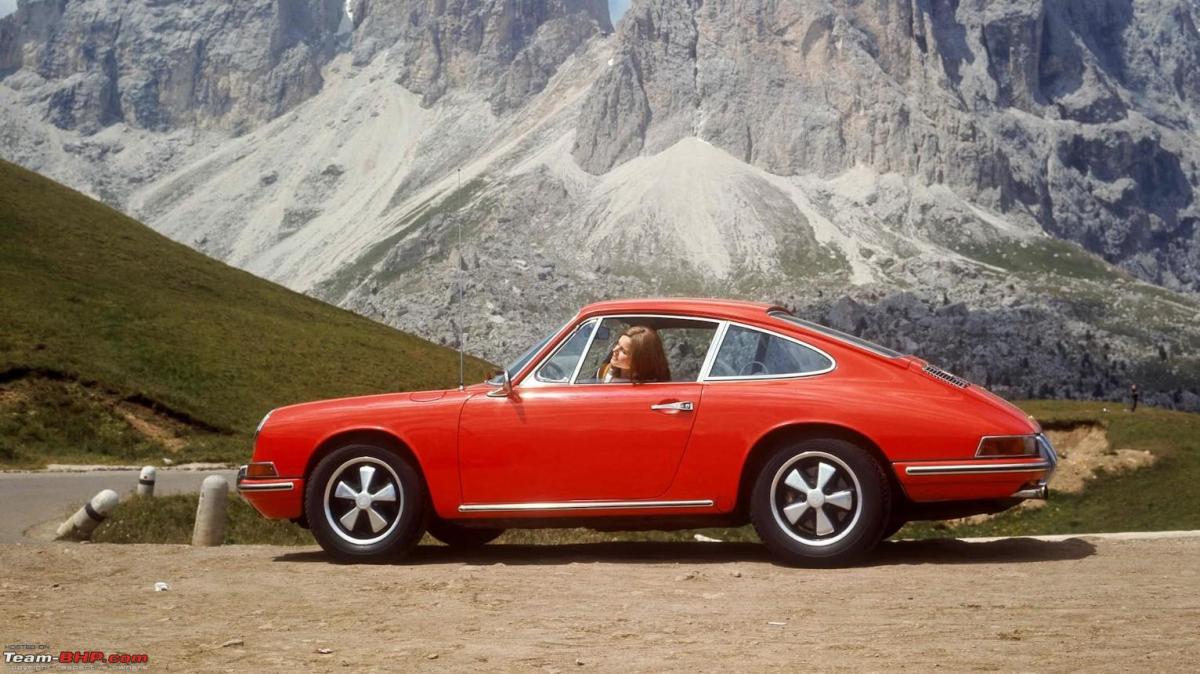
911 E (MJ 1969-73)
The previous 2.0-litre engines entered their last year of construction in MY 1969 and were replaced with new 2.2-litre units. The L version was renamed the 911 E when the engine generation changed and had power outputs of between 140 and 165 PS.

911 Carrera RS (1973 and 1974)
RS stands for Rennsport in German, meaning race sport. The Carrera name was reintroduced from the 356 Carrera which had itself been named after Porsche's class victories in the Carrera Panamericana races in Mexico in the 1950s. The RS was developed to meet motorsport homologation requirements. Compared to a standard 911S, the Carrera 2.7 RS had a larger engine (2,687 cc) developing 210 PS (150 kW; 210 hp) with Bosch (Kugelfischer) mechanical fuel injection, revised and stiffened suspension, a "ducktail" rear spoiler, larger brakes, wider rear wheels and rear fenders, to fit 185/70VR15 & 215/60VR15 Pirelli Cinturato CN36 tyres.
Lightweight

Touring Model

The 911 RSR
For the 1974 IROC Championship (which started in December 1973), 1973 Carrera RSR models were fitted with the 3.0 engine and a flat "whale tail" in place of the ducktail spoiler along with wide body panels and large tyres.


911 and 911S 2.7 (1973–1977)
The 1974 model year brought many significant changes to the 911 to meet legislative requirements around the world for both impact safety and emissions. First, the engine size was increased to 2,687 cc achieving higher torque. Second, new impact bumpers conformed to low-speed protection requirements of US regulations. Thirdly, the use of K-Jetronic CIS Bosch fuel injection in two of the three models in the line up— the 911 and 911S models, retaining the narrow rear arches of the old 2.4, now had a 2.7-litre engine rated at 150 PS (110 kW; 150 hp) and 175 PS (129 kW; 173 hp), respectively. The standard 911 version received an increase to 165 PS (121 kW; 163 hp) for Model Year 1976, which meant that starting from MY 1976, there was only a difference in power of 10 hp between the 911 and the 911S. The engine remained a K-Jetronic 2.7-litre. The 911S 2.7 engine was rated during its entire lifespan at 175 hp (130 kW; 177 PS).

911S 2.7

Carrera 2.7 MFI and CIS (1974–1976)
The Carrera 2.7 model built for all markets, except for the United States, used the 210 PS (150 kW; 210 hp) RS 911/83 engine with Bosch mechanical fuel injection pump from the 1973 Carrera RS. These Carrera 2.7 MFI models were built from 1974 until 1976 and were mechanically identical to the 1973 Carrera RS.

912E (1976)
For the 1976 model year, the 912E was produced for the U.S. market. This was a 4-cylinder version of the 911 in the same manner as the 912 that had last been produced in 1969. It used the I-series chassis powered by the Volkswagen 2.0 engine also used in the Porsche 914 for 1973 through 1975 model years. 2,099 units were produced. The 912E was replaced by the front-engine Porsche 924 for the 1977 model year.
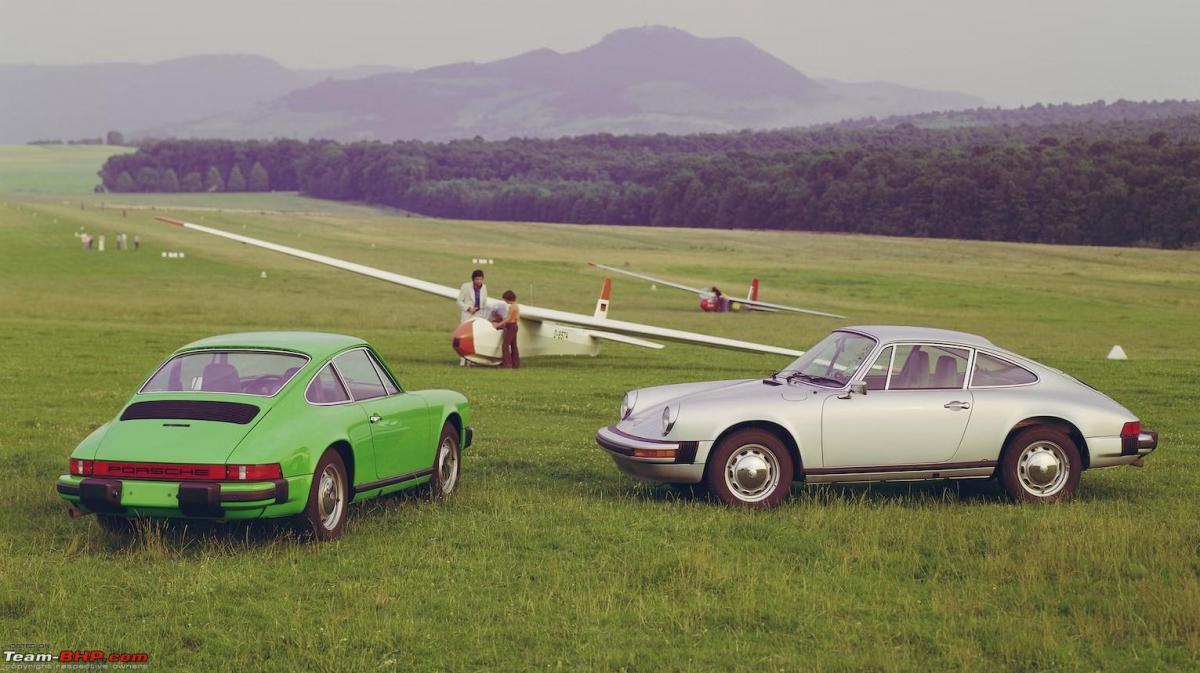
Carrera 3.0 (1976–1977)
For the 1976 model year, Porsche introduced the Carrera 3.0 with wide rear flares, optional whaletail, and a variety of other luxury options. It was available in all markets except North America. The Carrera 3.0 was fitted with a variation of the 930 Turbo's 2994 cc engine (minus the turbocharger). The engine (dubbed the 930/02) featured K-Jetronic CIS. It developed 200 PS (150 kW; 200 hp) in contrast to the older Carrera 2.7 MFI model's 210 PS (150 kW; 210 hp). The crankcase and gearbox housing were made of aluminium rather than magnesium for improved reliability. Magnesium cases were reviled for thermal expansion/contraction issues as engines grew in displacement and heat generation also increased.
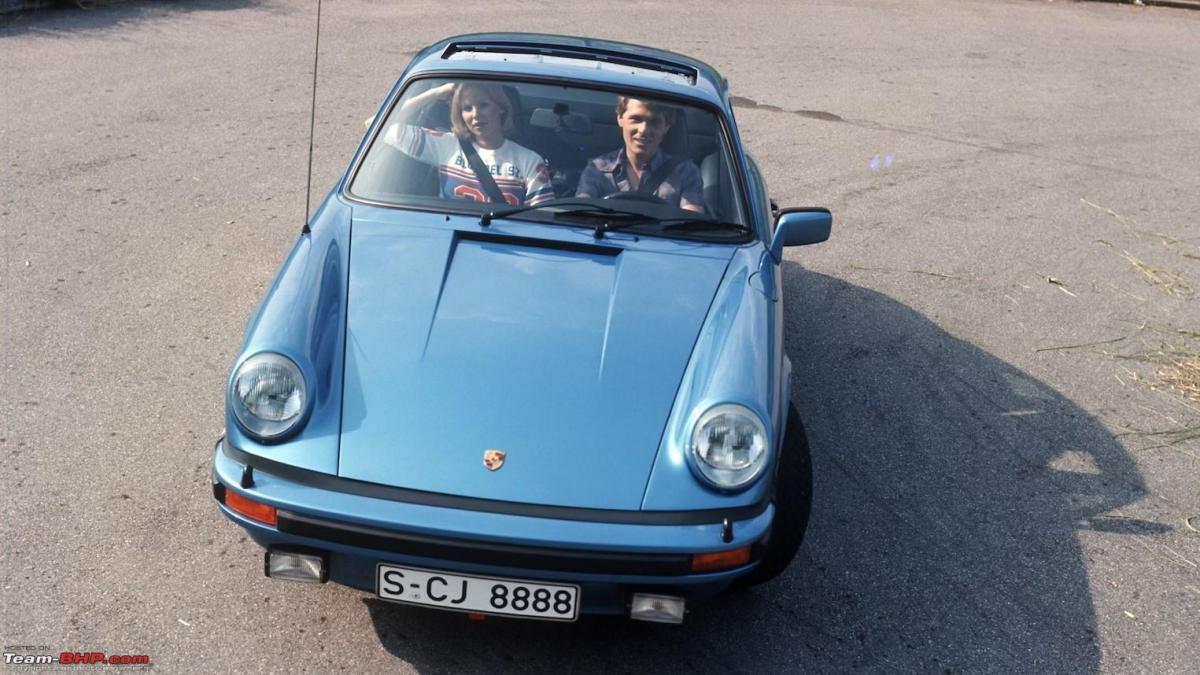
The new engine, which featured bigger intake and exhaust valves, produced greater torque allowing the Carrera 3.0 to achieve the same performance as the previous Carrera 2.7, 0–100 km/h (0–62 mph) in 6.1 seconds and 0–200 km/h (0–124 mph) in 27 seconds. Both versions boasted a top speed of approximately 236 km/h (147 mph). Weight increased marginally by 45 kg to 1,120 kg. The 911 Carrera 3.0 was produced in both targa (1,125 examples produced) and coupé (2,566) versions. The Carrera 3.0 was available with a manual gearbox (type 915) with 4 or 5 speeds as well as a 3-speed automatic transmission (called the Sportomatic). Production totals were 3,691 manual cars and 58 Sportomatic cars.
930 Turbo and Turbo Carrera 3.0-litre (1975–1977)
(930 Turbo is known as "The Widowmaker")
For the 1975 model year, Porsche introduced the first production turbocharged 911. Although called the 930 Turbo (930 being its internal type number) in Europe, it was marketed as the 930 Turbo Carrera in North America. The body shape incorporated wide wheel-arches to accommodate the wide 205/50R15 & 225/50R15 Pirelli P7 tyres, and a large rear spoiler often known as a "whale tail" on the early cars (modified from the original 1974 IROC design). They were initially fitted with a 3.0-litre engine 260 PS (190 kW; 260 hp) and a four-speed manual transmission.

930 Turbo 3.3-litre (1978–1989)
For the 1978 model year, Porsche revised the 930 with a larger 3.3-litre turbocharged engine with an intercooler rated at 300 PS (220 kW; 300 hp). To fit the intercooler a newly designed "tea-tray" tail spoiler replaced the earlier whale tail spoiler. Porsche dropped the "Carrera" nomenclature for the North American markets and the car was simply called the Porsche 911 Turbo worldwide. The larger engine helped reduce some of the turbo lag inherent in the earlier models. In 1989, a 5-speed manual transmission became available for the 930. The 930 was replaced in 1990 with the 964 turbo featuring the same 3.3-litre engine. There have been turbocharged variants of each subsequent generation of 911 since then.
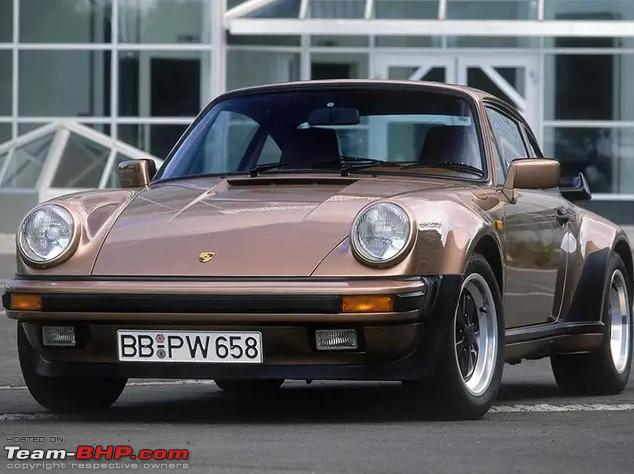
911SC (1978–1983)
In 1978, Porsche introduced the new version of the 911, called the '911SC'. Porsche reintroduced the SC designation for the first time since the 356SC (as distinguished from the race engined 356 Carrera). There was no Carrera version of the 911SC. According to modern-day Porsche literature and websites (there is no period reference to SC meaning anything) the "SC" stands for "Super Carrera". It featured a 3.0-litre aluminum engine with Bosch K-Jetronic fuel injection and a 5-speed 915 transmission. Originally power output was 180 PS (130 kW; 180 hp), later 191 PS (140 kW; 188 hp) and then in 1981 it was increased to 204 PS (150 kW; 201 hp).

Carrera 3.2 (1984–1989)
The replacement for the SC series came in 1984 as the 911 3.2 Carrera, reviving the Carrera name for the first time since 1977. This was the last iteration in the original 911 series, with all subsequent models featuring new body styling and new brake, electronic, and suspension technologies. A new higher-displacement engine, a 3.2-litre horizontally opposed flat 6-cylinder unit, was utilized. At the time Porsche claimed it was 80% new. The new swept volume of 3,164 cc was achieved using the 95 mm (3.7 in) bore (from the previous SC model) combined with the 1978 Turbo 3.3 crankshaft's 74.4 mm (2.9 in) stroke.


964 Series (1989–1993)
For 1989 the 911 underwent a major evolution with the introduction of the Type 964. It was launched as the Carrera 4, the "4" indicating four-wheel-drive, demonstrating the company's commitment to engineering. Drag coefficient was down to 0.32. A rear spoiler deployed at high speed, preserving the purity of design when the vehicle was at rest. The chassis was redesigned overall. Coil springs, ABS brakes and power steering made their debut. The engine was increased in size to 3,600 cc and was rated at 250 PS (180 kW; 250 hp). The rear-wheel-drive version, the Carrera 2, arrived a year later.

964 Turbo (1990–1994)
For the 1991 through 1993 model years, Porsche produced the 964 Turbo with the 930's proven 3.3 L engine, improved to have a power output of 320 PS (240 kW; 320 hp). 1994 brought the Carrera 2/4's 3.6 L engine, now in turbocharged form and sending a staggering 360 PS (265 kW; 355 hp) to the rear wheels. With the 993 on the way, this car was produced through 1994 and remains rather rare.


993 Series (1994–mid 1998)
The 911 was again revised for model year 1994 under the internal name Type 993. This car was significant as it was the final incarnation of the air-cooled 911 first introduced in 1964. Most enthusiasts and collectors consider the 993 to be the best of the air-cooled 911 series. As Car & Driver noted, "Porsche's version of the Goldilocks tale is the 993-generation 911, the one many Porschephiles agree that the company got just right," with an "ideal blend of technology and classic 911 air-cooled heritage." Porsche itself refers to the 993 as "a significant advance, not just from a technical, but also a visual perspective." "993s especially [are] widely regarded as the best the 911 ever got. The new suspension, along with chassis refinements, enabled the car to keep up dynamically with the competition. Engine capacity remained at 3.6 L, but power rose to 272 PS (200 kW; 268 hp) due to better engine management and exhaust design, and beginning with model year 1996 to 286 PS (210 kW; 282 hp).

993 Turbo (1995–1997)
A Turbocharged version of the 993 was launched in 1995 and became the first standard production Porsche with twin turbochargers and the first 911 Turbo to be equipped with permanent all-wheel-drive (the homologated GT2 version based on the Turbo retained RWD). The 3.6 L twin-turbocharged M64/60 engine is rated at 408 PS (300 kW; 402 hp)). The performance was outstanding at the time, as 0 to 97 km/h (60 mph) was measured at 3.2 seconds, and the braking was even more impressive in 2.3 seconds from the same speed. The car's top speed was measured at 322 km/h (200 mph) at 7,000 rpm.
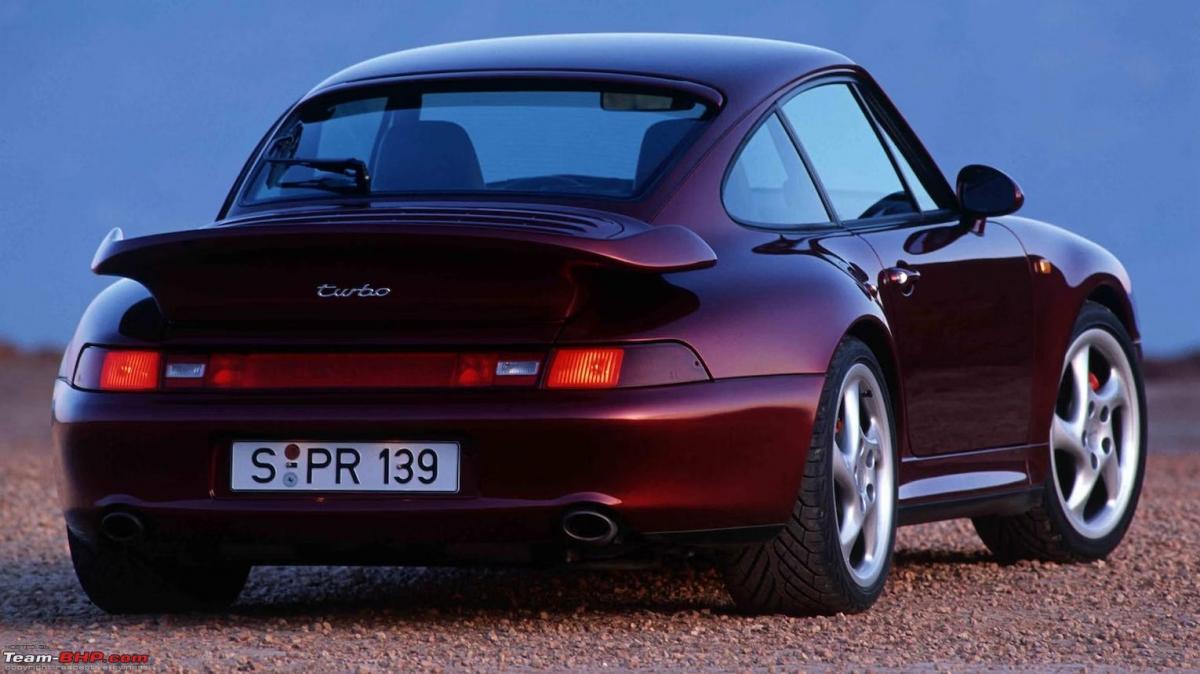
Continue reading JDMBOI's thread about the evolution of the Porsche 911 for BHPian comments, insights and more information.



